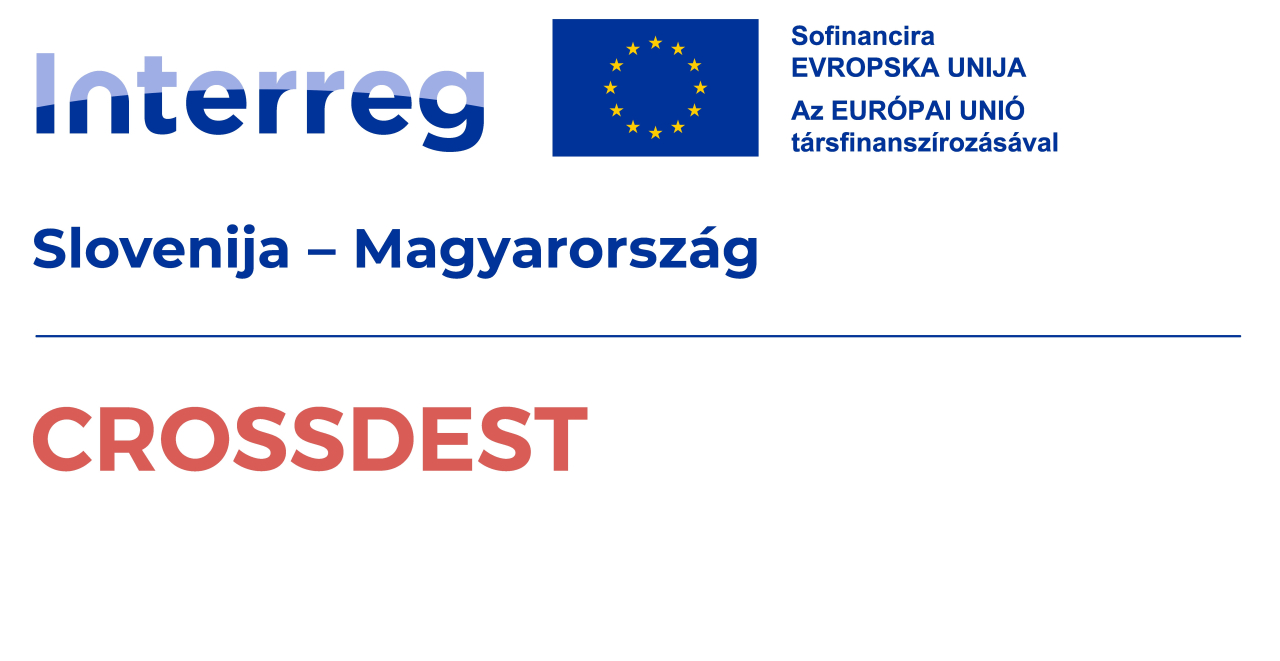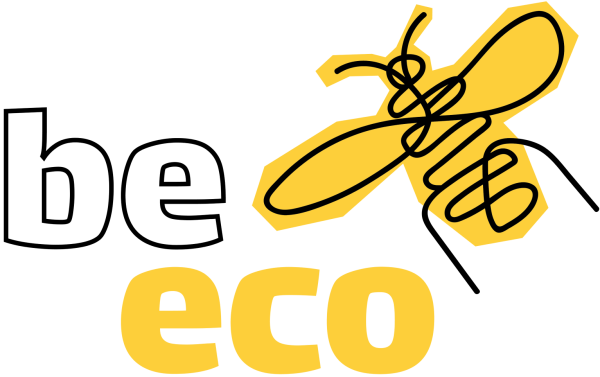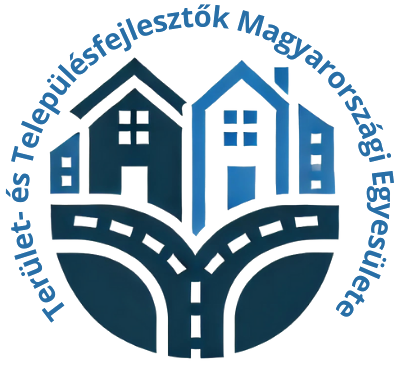Homoródfürdő
Homoródfürdő (in Romanian: Băile Homorod) is one of the most popular holiday resorts in Harghita County, situated between Odorheiu Secuiesc and Miercurea Ciuc, at the foot of the Harghita Mountains, at an altitude of 740 metres above sea level. Administratively, the settlement belongs to the town of Vlăhița, but it is known as an independent holiday area. The settlement owes its fame primarily to its medicinal mineral waters, which are rich in iron, carbon dioxide, and have a mildly salty mineral composition. The most popular springs – Lobogó, Mária, and Fenyő – have been serving those seeking healing and refreshment for centuries. The water is excellent not only for drinking cures but also for bathing. Surrounded by pine forests, this holiday destination is ideal for nature lovers, hikers, and those seeking tranquillity. In summer, visitors can enjoy hiking, mushroom picking, and cycling; in winter, skiing and sledging are on offer – the small ski slope provides a family-friendly environment for sports enthusiasts. Homoródfürdő has several guesthouses, holiday homes, chalets, and accommodation options offering small wellness services. Local hosts often serve homemade Szekler dishes, local honey, jams, and pálinka. The small chapel, former holiday villas, and traditional Szekler gates add to the gentle charm of the area. The settlement also features a popular toboggan run, and in winter, the local ski slope welcomes skiing enthusiasts. Homoródfürdő is a place for physical and spiritual rejuvenation, natural beauty, and traditional hospitality – a spot on the map of Székely Land where you can pause for a moment to rest, refresh, and find peace.
Arrival
- Walk
- Horseback
- Bike
- Electric bicycle
- Bus (rented for the trip)
- Motorcycle
- Car
Public transport
- bus
Parking information
- Free outdoor parking available
Sustainability level
Topic 1: Destination Management 52%
- Visitor management: 60%
- Commitment and organization: 0%
- Design & development: 50%
- Monitoring and reporting: 50%
- Legal and ethical compliance: 100%
Topic 2: Nature and landscape 73%
- Nature and wildlife protection: 67%
- Nature and conservation: 80%
Topic 3: Environment and climate 49%
- Land use and pollution: 67%
- Water management: 40%
- Energy, sustainable mobility and climate change: 0%
- Adaptation to climate change: 100%
- Waste and recycling: 40%
Topic 4: Culture and traditions 88%
- Cultural heritage: 100%
- People and traditions: 75%
Topic 5: Social Welfare 48%
- Health and safety: 100%
- Local economy: 20%
- Socio-economic impacts: 0%
- Community participation: 50%
- Human dignity: 71%
Topic 6: Business and Communication 50%
- Business participation: 0%
- Information and marketing: 100%






